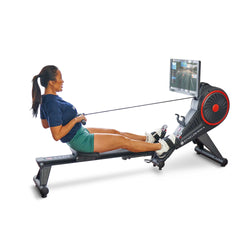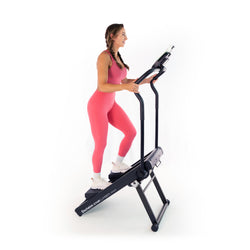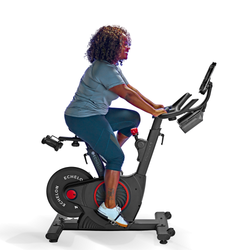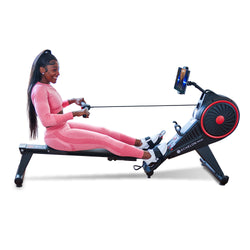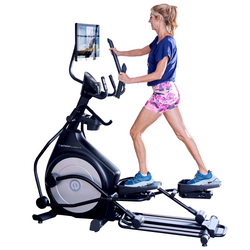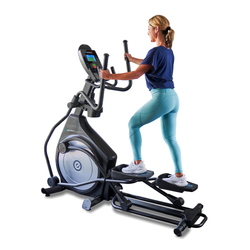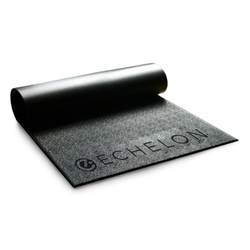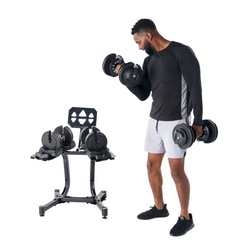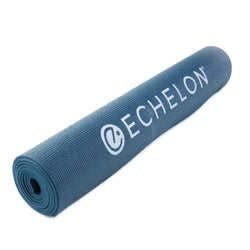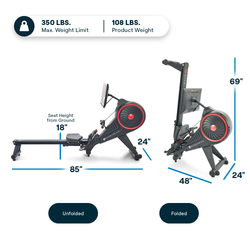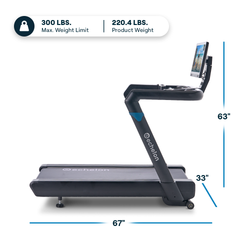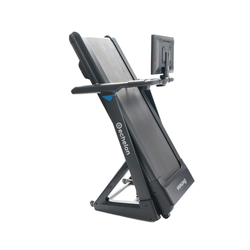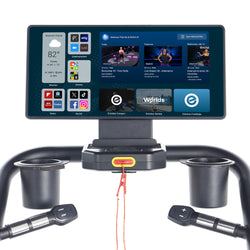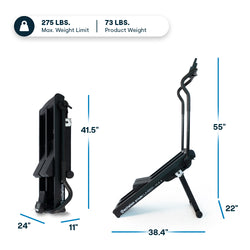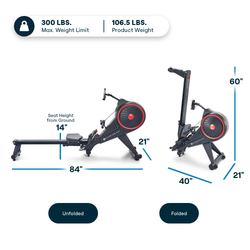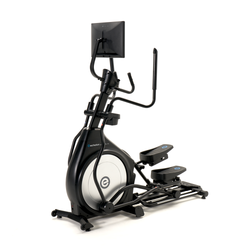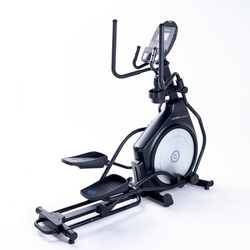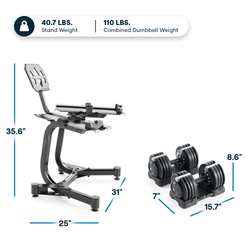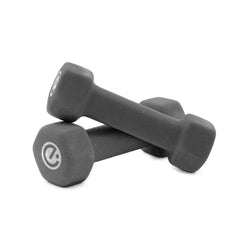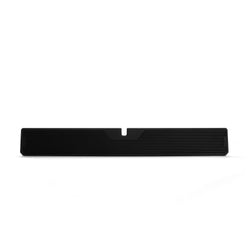Creating Your Perfect Workout Routine

Are you looking for the perfect workout routine to help you reach your fitness goals? If so, you've come to the right place! Creating an effective workout routine can be a difficult task, but with the right plan and guidance, you can achieve the results you desire. In this blog post, we will discuss the different steps and considerations you should take when creating your ideal workout routine. From selecting the right exercises to finding the perfect balance between rest and activity, you will be able to create an effective and efficient workout routine that will help you reach your goals. Read on to learn more about how to create your perfect workout routine.
Why is having a workout routine important?
Having a workout routine is crucial for achieving your fitness goals. It helps you stay on track and makes it easier to manage your time and schedule. By having a set plan, you can focus on specific areas of your body, gradually increase the intensity of your workouts, and track your progress over time. Furthermore, a regular workout routine can help improve your physical and mental health, increase your energy levels, and reduce your risk of chronic diseases. So, whether you are a beginner or an experienced fitness enthusiast, having a structured workout routine is essential for achieving your fitness goals and leading a healthier, happier life.
Assessing Your Fitness Level
Before you can create a workout routine that suits your fitness goals, you need to assess your current fitness level. This step is important because it helps you understand your strengths, weaknesses, and areas that require improvement. There are several ways to assess your fitness level, including taking a fitness test, monitoring your heart rate during exercise, and tracking your progress over time. By doing so, you'll be able to create a workout plan that addresses your specific needs and allows you to achieve your desired results. Remember, everyone's fitness level is different, so don't compare yourself to others and focus on your own progress.
Setting Goals
Setting goals is an essential part of creating a workout routine. By setting clear and achievable goals, you can stay focused and motivated throughout your fitness journey. Start by identifying what you want to achieve, whether it's losing weight, building strength, or improving your overall fitness. Break your goals down into smaller, actionable steps, such as increasing the duration of your workouts or improving your performance in certain exercises. Remember to make your goals specific, measurable, attainable, relevant, and time-bound (SMART). This will help you track your progress and celebrate your achievements along the way.
Choosing Your Workout Style
When it comes to choosing your workout style, it's important to find something that you enjoy and will stick with long-term. Consider your preferences, fitness goals, and current fitness level. Do you prefer high-intensity workouts like HIIT or CrossFit? Or do you enjoy low-impact activities like yoga or Pilates? Maybe you're interested in trying something new like dance fitness or kickboxing. Remember, there is no one-size-fits-all workout style, so don't be afraid to experiment and find what works best for you. The key is to choose a workout style that you genuinely enjoy and look forward to doing.
Determining Frequency and Duration
Determining the frequency and duration of your workouts is crucial to creating an effective workout routine. The frequency refers to how often you will exercise, while the duration refers to the length of each workout session. It is important to find a balance that works for you and aligns with your goals. Consider your schedule, fitness level, and preferences when determining how often and how long you will exercise. Remember, consistency is key, so aim for a realistic frequency and duration that you can maintain in the long run.
Creating a Balanced Workout Plan
When creating your workout routine, it's important to include a balance of different types of exercises to target all areas of your body. This ensures that you are working all major muscle groups and promoting overall strength and flexibility. A balanced workout plan should include cardiovascular exercises, such as running or cycling, to improve your heart health and endurance. Strength training exercises, such as weightlifting or bodyweight exercises, help build muscle and increase overall strength. Lastly, don't forget to incorporate flexibility and stretching exercises to improve your range of motion and prevent injury.
Incorporating Cardiovascular Exercise
Cardiovascular exercise is essential to any workout routine, as it gets your heart rate up and burns calories. Some popular options include running, biking, swimming, or taking a group fitness class. Aim for at least 150 minutes of moderate-intensity cardio per week, or 75 minutes of high-intensity cardio. It's also important to mix up your cardio workouts to prevent boredom and challenge your body. Incorporate interval training, hills, or sprints to keep things interesting and push yourself to new limits. Remember to always listen to your body and adjust the intensity as needed.
Incorporating Strength Training
Strength training is a crucial aspect of any effective workout routine. It not only helps build muscle and increase strength, but it also improves bone density, reduces the risk of injury, and boosts your metabolism. When incorporating strength training, focus on exercises that target major muscle groups, such as squats, lunges, deadlifts, bench press, and overhead presses. Begin with lighter weights and gradually increase as your strength improves. Aim to strength train at least two to three times per week, with at least one day of rest in between sessions.
Including Flexibility and Stretching Exercises
Flexibility and stretching exercises are crucial components of a well-rounded workout routine. They help improve joint range of motion, prevent injuries, and enhance overall flexibility. Incorporating dynamic stretches like arm circles and leg swings before your workout can prepare your muscles for activity. After your workout, static stretches like hamstring stretches and shoulder stretches can help cool down your body and improve flexibility. Aim to stretch all major muscle groups at least two to three times a week to maintain flexibility and prevent muscle imbalances. Don't forget to breathe deeply and hold each stretch for about 30 seconds to get the most benefit.
Staying Motivated and Accountable
Sticking to a workout routine can be challenging, but there are strategies to help you stay motivated and accountable. Find a workout buddy or join a fitness community for support and encouragement. Set realistic goals and track your progress to stay motivated. Reward yourself for reaching milestones or achieving personal records. Mix up your routine to prevent boredom and keep things interesting. Remember that consistency is key, and don't be too hard on yourself if you miss a workout. Just get back on track and keep going.


